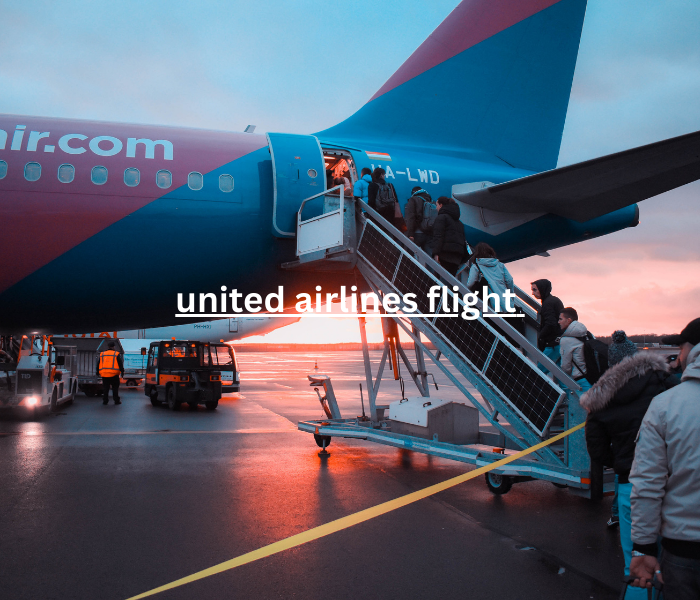Incident Chronology: From Routine Flight to Emergency Response
On May 27, 2025, United Airlines Flight UA770, operating a Boeing 787-9 Dreamliner (Registration: N26902) from Barcelona (BCN) to Chicago (ORD), declared an emergency mid-flight over Europe. The crew transmitted the universal distress signal “squawk 7700” – triggering a multi-national response that culminated in a diversion to London Heathrow (LHR). The aircraft landed safely on Runway 27R at 11:08 AM local time, with all 289 passengers disembarking safely.
Technical Triggers: Why Diversion Was Necessary
Early reports indicate the diversion stemmed from a critical cabin pressurization alert or hydraulic system anomaly. While no physical failure occurred, the aircraft’s integrated health monitoring system detected irregular pressure readings or hydraulic pressure loss, prompting precautionary action. Key technical factors:
- Real-Time Diagnostics: The 787-9’s Airplane Health Management (AHM) system monitored hundreds of thousands of parameters, flagging anomalies to the cockpit.
- Fly-by-Wire Safeguards: Triple-redundant flight control computers automatically adjusted surfaces to maintain stability during descent.
- Proximity Principle: Heathrow was selected for its advanced emergency infrastructure, United Airlines ground support, and ability to handle wide-body jets.
Operational Excellence: Crew Protocols and ATC Coordination
The incident showcased aviation’s layered safety ecosystem:
- Crisis Management
- Cockpit Crew: Initiated emergency checklists, prioritized landing weight calculations, and maintained calm announcements.
- Cabin Crew: Executed “brace position” briefings and managed passenger anxiety through transparent updates.
- Global System Coordination
- EUROCONTROL Networks: Automated traffic prioritization cleared airspace within minutes.
- Heathrow Emergency Teams: Fire/medical crews deployed under ICAO Annex 14 protocols before landing.
- Technology Integration
- ADS-B Tracking: Provided second-by-second flight path updates via satellite with high accuracy.
- ACARS Data Links: Transmitted real-time engine performance stats to United’s Chicago Operations Center.
Passenger Impact and Airline Accountability
Post-landing, United Airlines activated disruption management protocols:
- Rebooking most passengers within hours.
- Providing meal vouchers, hotel accommodations, and visa assistance for stranded travelers.
- Facing potential EU261 compensation claims for delays exceeding three hours.
Passenger testimonials highlighted initial fear but praised crew professionalism. As one traveler noted:
“The crew’s calm updates turned panic into order. We knew we were in safe hands.”
Investigative Aftermath: FAA and United’s Response
Standard post-incident reviews included:
- FAA Audit: Analysis of flight data recorders and maintenance logs.
- United’s Corrective Actions: Hydraulic system inspections across the 787 fleet.
Industry-wide takeaways emphasized the role of predictive AI maintenance to preempt similar alerts.
Broader Implications for Aviation Safety
UA770’s diversion underscores critical aviation truths:
- Diversions ≠ Failures: Hundreds occur yearly in U.S. airspace, many from mechanical alerts.
- Preventive Culture: Modern protocols prioritize “false alarms” over risk tolerance.
- Tech-Human Synergy: AI-driven ATC algorithms plus crew training create robust safety nets.
Lessons for Travelers and the Industry
- Passengers: Always heed crew instructions; diversions maximize safety.
- Airlines: Invest in Health Monitoring Systems – UA770’s early warning prevented escalation.
- Regulators: Standardize transatlantic emergency coordination for faster diversions.
Expert Insight: “This incident wasn’t a system failure—it was the system working perfectly. Diversions prove aviation’s commitment to putting safety above schedule.”
Conclusion: Trusting the Safety Ecosystem
The UA770 emergency diversion exemplifies aviation’s unmatched safety culture. From AI-assisted diagnostics to crew heroism, each layer functioned as designed – transforming potential disaster into a case study of operational excellence. As investigations conclude, passengers can fly assured that behind every “squawk 7700” lies an industry united by one principle: safety above all.
Frequently Asked Questions
Q1: Was UA770’s diversion life-threatening?
A: No. It was precautionary; no injuries occurred.
Q2: Why Heathrow instead of smaller airports?
A: Major hubs offer specialized maintenance and passenger logistics.
Q3: Can passengers claim compensation?
A: Likely, under EU261 regulations for delays over three hours.
Q4: How common are such diversions?
A: Hundreds occur annually in the U.S., and most resolve safely.
Q5: Did Boeing 787 systems contribute to safety?
A: Yes. Triple-redundant controls and real-time diagnostics were pivotal.

